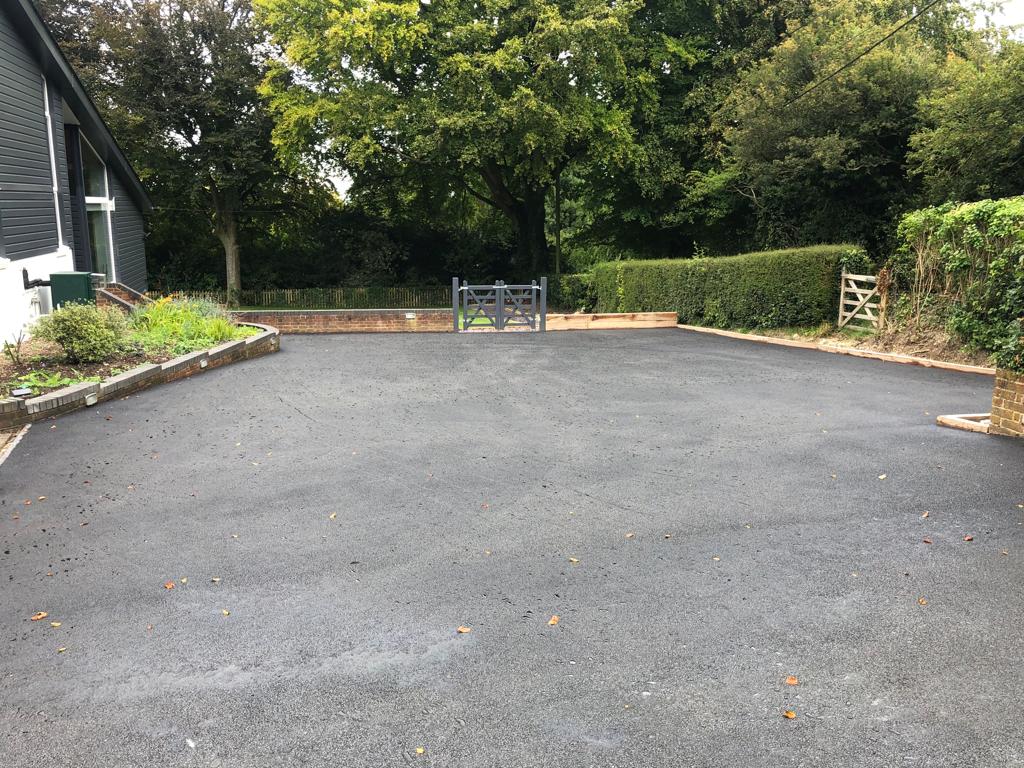Introduction: Creating an inclusive environment where everyone can access and navigate spaces comfortably, regardless of physical abilities, is crucial in modern urban planning and development. At Mulgrave Road Tech, we promote accessibility through thoughtful grading practices. In this blog post, we will explore the importance of grading for accessibility, its principles, and practical steps to ensure equal access for all.
The Importance of Accessibility
Accessibility is about more than just complying with regulations; it’s about ensuring everyone can participate fully in society. For individuals with disabilities, uneven surfaces, steep slopes, and poorly designed pathways can be significant barriers. Proper grading ensures that outdoor spaces are navigable for everyone, including wheelchairs, pushchairs, and mobility aids.
Principles of Accessible Grading
- Gentle Slopes: Steep gradients can be challenging for individuals with mobility issues. The ideal slope for pathways and ramps is no more than 1:20 (5%), which ensures ease of use for wheelchair users and those with limited mobility.
- Smooth Surfaces: Uneven terrain can be hazardous. Ensuring that pathways are smooth and free of obstructions is essential. Materials such as asphalt, concrete, and resin-bound surfaces are excellent choices for creating even, non-slip pathways.
- Clear Signage: Proper signage is vital for navigation, especially for those with visual impairments. Signs should be placed at accessible heights, with clear, large print and tactile or Braille options where necessary.
- Adequate Width: Pathways should be wide enough to accommodate wheelchairs and other mobility aids. A minimum width of 1.5 metres is recommended for easy passage and to enable two wheelchairs to pass each other comfortably.
- Resting Areas: Providing regular resting spots with benches can be beneficial for longer pathways. These areas should be shaded, level, and easily accessible.
Practical Steps for Grading for Accessibility
- Conduct an Accessibility Audit: Before any grading work begins, conduct an audit to identify existing barriers and areas that require improvement. This audit should involve input from individuals with disabilities to ensure all potential obstacles are considered.
- Design with Inclusivity in Mind: Incorporate features that cater to various needs when designing outdoor spaces. This includes planning for gentle slopes, smooth surfaces, and wide pathways. Consider how individuals with different types of disabilities will use the space.
- Choose the Right Materials: Appropriate materials are crucial for creating accessible surfaces. Non-slip, durable materials like concrete and resin-bound surfaces are ideal for pathways. Ensure that these materials are installed correctly to avoid creating uneven surfaces.
- Implement Gradual Transitions: Where elevation changes are necessary, ensure gradual transitions. Avoid abrupt level changes that can pose tripping hazards or be difficult for wheelchair users to navigate. Use ramps and graded pathways instead of steps wherever possible.
- Provide Adequate Drainage: Proper drainage is essential to prevent water pooling, which can create slippery surfaces. Ensure pathways have a slight camber or drainage channels to direct water away.
- Maintain Regularly: Ongoing maintenance is vital to keep accessible pathways in good condition. Regularly inspect surfaces for cracks, uneven sections, and other issues. Promptly address any problems to maintain a safe and accessible environment.
Case Studies of Successful Accessible Grading
- Queen Elizabeth Olympic Park, London: This park was designed with accessibility at its core. It features wide, gently sloping pathways, smooth surfaces, and clear signage, making it easily navigable for all visitors. The park’s design won several awards for its inclusivity.
- The Eden Project, Cornwall: The Eden Project’s extensive gardens and outdoor areas are designed to be accessible to all. Gradual slopes, well-maintained pathways, and accessible facilities ensure that visitors with disabilities can explore the site fully.
- City Centre Redevelopment, Coventry: Coventry’s city centre redevelopment project focused on creating an inclusive urban space. The project included the installation of smooth, level pathways, accessible crossings, and clear signage to ensure ease of navigation for everyone.
Conclusion: Grading for accessibility is fundamental to creating inclusive spaces where everyone can move freely and safely.
Call us on: 03 9068 7895
Click here to find out more about Mulgrave Road Tech
Click here to complete our contact form and see how we can help you with your road needs.

